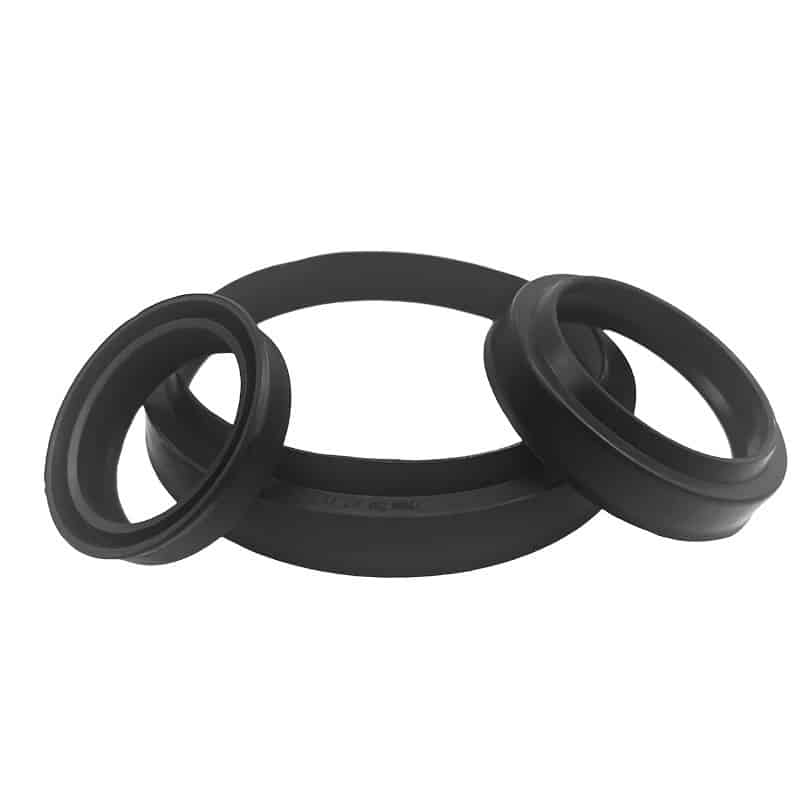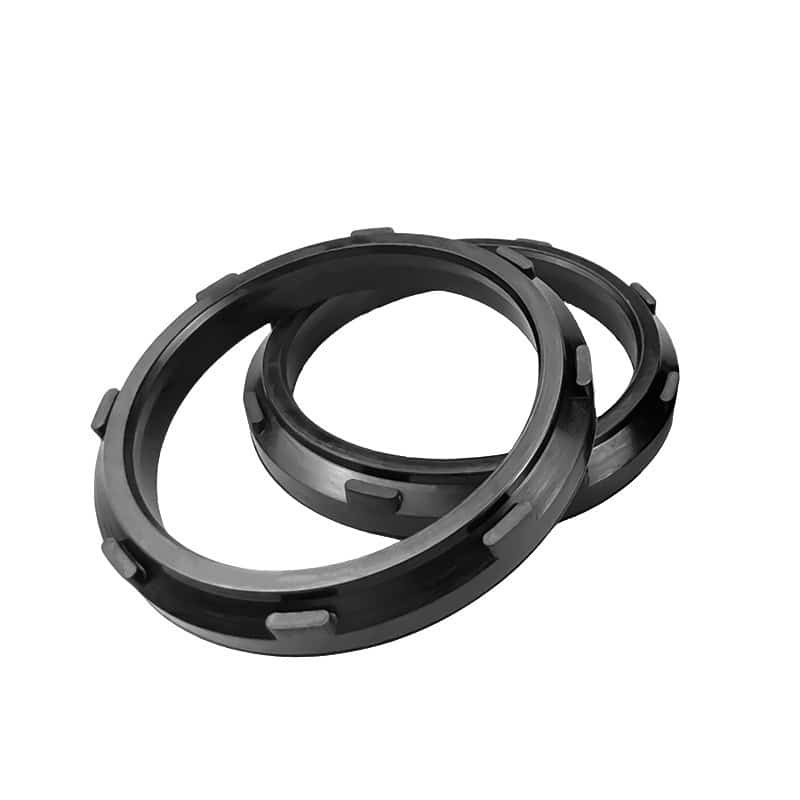I once battled costly air leaks and frequent cylinder failures. Discovering the right 공압 실린더 씰 changed everything.
Pneumatic seals boost efficiency, extend service life, and reduce downtime — but what exactly are their top benefits?

Let’s dive into the materials, applications, and real-life results I’ve seen from using high-quality pneumatic cylinder seals.
What are the main benefits of pneumatic cylinder seals?
Pneumatic seals do more than stop leaks — they optimize the entire system.
The top three benefits I experienced were leak prevention, improved energy efficiency, and extended cylinder life.

| 혜택 | 설명 |
|---|---|
| 누수 방지 | Keeps air in, reduces loss and contamination risks |
| Energy efficiency | Less leakage = lower compressor workload |
| Extended lifespan | High-quality seals resist wear and reduce maintenance |
I upgraded to industrial-grade pneumatic seals and instantly saw smoother machine operation and reduced maintenance costs.
Which types of pneumatic cylinder seals should you know?
After facing recurring breakdowns, I studied the seal types available and learned that each has a role.
From piston seals to shaft seals, choosing the right design means better performance and fewer failures.

| 씰 유형 | 기능 | 일반 재료 |
|---|---|---|
| 피스톤 씰 | Seals air between piston and cylinder | NBR, FKM, TPU |
| Shaft Seal | Prevents leakage along piston rod | TPU, FKM |
| 더스트 씰 | Blocks contaminants from entering | TPU, NBR |
| Valve Pad | Ensures valve airtightness | TPU, NBR, FKM |
For diverse specs and models, I recommend checking this factory-direct seal catalog.
Why are pneumatic seals essential for industrial reliability?
One failed seal once halted a full assembly line I managed — it cost time, money, and trust.
Since switching to precision-engineered seals, I've minimized system failures and downtime.

| 특징 | Impact |
|---|---|
| Precision fit | Tighter sealing, no blowout under load |
| 내구성 | High wear-resistance, especially with TPU materials |
| 다재 | Customization for stroke, pressure, and chemical exposure |
From KDAS buffer seals 에게 더스트 와이퍼 씰, I now rely on application-specific options to match each system.
Where are pneumatic cylinder seals commonly used?
These seals are the unsung heroes across automation, automotive, and food processing.
Their performance under speed, hygiene, and accuracy demands is impressive.
| 산업 | Application Focus |
|---|---|
| 오토메이션 | Precise linear motion control |
| 음식 & 음료 | Meets FDA-grade cleanliness with TPU/NBR |
| 자동차 | High-speed sealing for robotics & assembly lines |
| 로봇공학 | Micro-motion accuracy and repeatability |
I recall one automotive plant where leaks crippled the line — upgrading to buffer + cushion rings improved efficiency by 20%.
How do I choose the right pneumatic cylinder seals?
At first, I was overwhelmed by spec sheets. Now I follow four clear criteria: material, fit, lifespan, and customization.
- 사용 티피유 for high-speed wear resistance
- 사용 영어: NBR (네이버) for general oil compatibility
- Go with 에프케이엠 in aggressive chemical exposure
- Prefer suppliers with custom engineering services
I once needed a rare shaft-to-piston ratio — Hengoseal’s team built it within 3 days.
결론
Pneumatic cylinder seals aren't just parts — they’re performance enablers.
With the right seals, you’ll cut costs, boost uptime, and deliver reliability across all applications.
Ask us for your ideal pneumatic sealing solution
📩 Email:[email protected]
📞 WhatsApp:+86 17622979498
Related post
- 5 Common Pneumatic Seal Failures
- Best Materials for Pneumatic Seals
- Piston Seal Types & Applications
- How to Extend Pneumatic Seal Lifespan
- 2025 Cylinder Seal Selection Guide


